- Home
- About Us
- Products
- TD High-efficiency And Energy-saving Circulating Pump
- TD High-efficiency And Energy-saving Circulating Pump Accessories
- Pipeline Pump
- Pipeline Pump Accessories
- Sewage Pump
- Sewage Pump Accessories
- LG Multi-stage Pump
- LG Multi-stage Pump Accessories
- Cooling Tower Circulation Pump
- Electric Motor
- Electric Motor Accessories
- News
- Contact Us
- Home
- About Us
- Products
- TD High-efficiency And Energy-saving Circulating Pump
- TD High-efficiency And Energy-saving Circulating Pump Accessories
- Pipeline Pump
- Pipeline Pump Accessories
- Sewage Pump
- Sewage Pump Accessories
- LG Multi-stage Pump
- LG Multi-stage Pump Accessories
- Cooling Tower Circulation Pump
- Electric Motor
- Electric Motor Accessories
- News
- Contact Us
Web Menu
- Home
- About Us
- Products
- TD High-efficiency And Energy-saving Circulating Pump
- TD High-efficiency And Energy-saving Circulating Pump Accessories
- Pipeline Pump
- Pipeline Pump Accessories
- Sewage Pump
- Sewage Pump Accessories
- LG Multi-stage Pump
- LG Multi-stage Pump Accessories
- Cooling Tower Circulation Pump
- Electric Motor
- Electric Motor Accessories
- News
- Contact Us
Product Search
Exit Menu
What Are Pipeline Pumps and Why Are They Essential in Fluid Transport Systems?
In industries where large volumes of fluids need to be transported over long distances—such as water, oil, chemicals, or gas—pipeline pumps serve as vital components of the system. They enable fluids to move efficiently through pipelines, often across regions, facilities, or entire countries.
But what exactly are pipeline pumps? How do they work, and why are they so critical in modern infrastructure and industrial operations?
This article explores the role of pipeline pumps, their different types, applications, benefits, and how to choose the right one for your system.
What Is a Pipeline Pump?
A pipeline pump is a mechanical device specifically designed to move liquids through pipelines. It generates pressure that pushes the fluid along the pipeline, overcoming resistance caused by friction, elevation changes, or fluid viscosity.
Pipeline pumps are typically used in longdistance transport systems where consistent pressure and flow are necessary to maintain operational efficiency. These pumps are commonly seen in oil and gas transmission lines, municipal water supply networks, and chemical processing plants.
How Do Pipeline Pumps Work?
Pipeline pumps operate by converting mechanical energy into hydraulic energy. The most common type is the centrifugal pump, which uses a rotating impeller to impart kinetic energy to the fluid, which is then converted into pressure.
In simpler terms:
1. Fluid enters the pump casing through the inlet.
2. The impeller rotates, accelerating the fluid outward.
3. As fluid exits the impeller, it enters a diffuser or volute that slows it down, increasing pressure.
4. The pressurized fluid is then pushed into the pipeline and continues its journey.
This continuous cycle allows for the movement of fluids over long distances with minimal manual intervention.
What Are the Common Types of Pipeline Pumps?
There are several types of pipeline pumps, each suited to different types of fluids and pipeline systems:
Centrifugal Pumps: Most widely used due to their simplicity, low cost, and ability to handle large volumes.
Axial Flow Pumps: Used for highflow, lowhead applications such as flood control or circulation.
Positive Displacement Pumps: Ideal for viscous fluids or when precise flow control is needed.
Multistage Pumps: Used when very high pressure is required, such as in oil pipelines.
Each type has its own performance characteristics, maintenance needs, and operational considerations.
Where Are Pipeline Pumps Commonly Used?
Pipeline pumps are found across many industries and sectors, such as:
Oil and Gas: For transporting crude oil, natural gas liquids, and refined products across thousands of kilometers.
Water Supply and Treatment: Moving potable water to residential and industrial areas, or wastewater to treatment plants.
Chemical Processing: Transferring acids, solvents, and other chemicals between storage tanks and processing units.
Food and Beverage: Moving liquid ingredients like milk, juice, and syrup through production lines.
Power Generation: Circulating cooling water or boiler feedwater in thermal and nuclear power plants.
These pumps form the backbone of fluid logistics in largescale infrastructure.
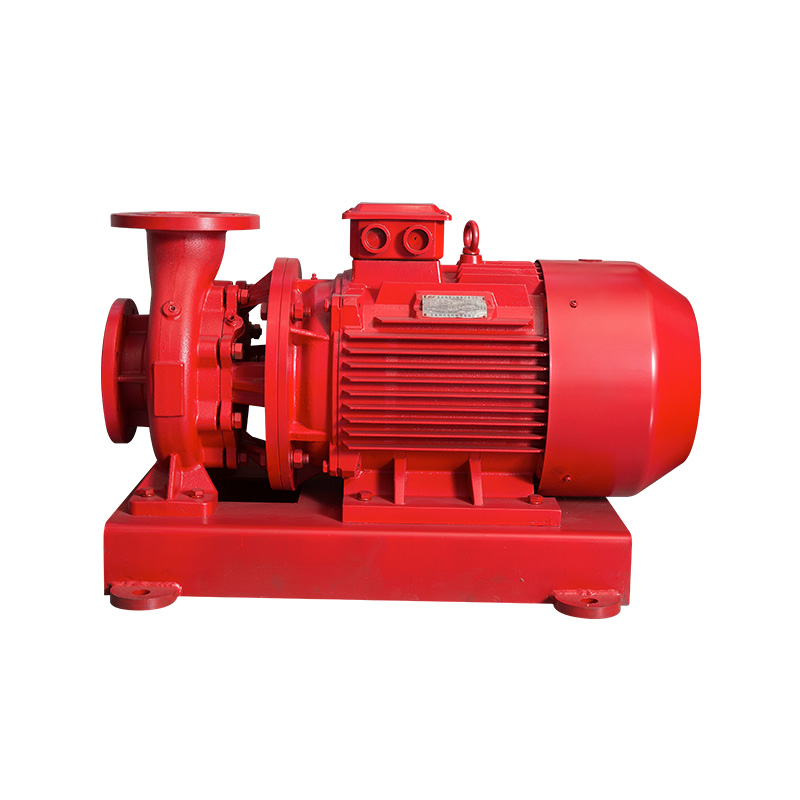
What Are the Main Advantages of Using Pipeline Pumps?
Pipeline pumps offer a variety of benefits that make them the goto solution for fluid transport:
1. Efficient Fluid Movement
They allow for continuous, smooth transport of liquids, reducing energy consumption and manual handling.
2. LongDistance Capability
With the right design and setup, pipeline pumps can push fluids over hundreds or even thousands of kilometers.
3. Pressure Control
Multistage pumps or booster stations can maintain pressure levels to compensate for elevation or friction losses in the pipe.
4. Customizable to Application
Pump capacity, materials, and power requirements can be tailored to specific liquids, whether corrosive, viscous, or temperaturesensitive.
5. Durability and Reliability
Industrialgrade pipeline pumps are built for 24/7 operation and can withstand harsh environments with proper maintenance.
What Factors Should You Consider When Selecting a Pipeline Pump?
Choosing the right pipeline pump depends on several factors:
Fluid Type: Is it water, oil, slurry, or something corrosive or viscous?
Flow Rate and Pressure Requirements: How much volume needs to be moved and at what pressure?
Pipe Length and Diameter: Affects the pressure needed to maintain flow.
Elevation Changes: Affects the required head (vertical pressure boost).
Operating Environment: Indoor, outdoor, corrosive, hightemperature, etc.
Power Availability: Whether the pump will be powered by electric motors, diesel engines, or other sources.
Proper sizing and selection ensure the pump operates efficiently, avoiding issues like cavitation, wear, or excessive energy use.
Are There Any Challenges or Limitations?
While pipeline pumps are incredibly effective, they are not without their challenges:
High Initial Cost: Especially for large systems or those that require custom design.
Maintenance Needs: Bearings, seals, and impellers must be checked regularly to avoid failure.
Risk of Cavitation: Can damage pump internals if suction pressure is too low.
Power Consumption: Continuous operation can lead to high energy use if the system isn’t optimized.
Installation Complexity: Requires precise alignment, anchoring, and integration with pipeline systems.
However, with regular inspections and smart system design, these challenges are manageable.
What’s the Future of Pipeline Pumps?
The demand for pipeline pumps is expected to grow alongside infrastructure expansion in water, energy, and industrial sectors. Future developments are focusing on:
Smart Pumping Systems: Using sensors and automation to monitor performance and prevent failures.
EnergyEfficient Designs: To reduce operational costs and environmental impact.
Materials Innovation: Developing corrosionresistant, lighter, and more durable materials.
As industries strive to move fluids more efficiently and sustainably, pipeline pumps will remain a cornerstone of global infrastructure.
Conclusion
Pipeline pumps are essential devices that enable the largescale movement of fluids across vast networks of pipelines. Whether you're delivering drinking water to cities, pumping oil across continents, or circulating chemicals in a factory, these pumps provide the pressure, reliability, and efficiency required to keep operations running smoothly.
By understanding their types, uses, and design factors, industries can select the right pipeline pump to meet their specific needs—ensuring longterm performance and system stability in even the most demanding environments.
Related Products
-
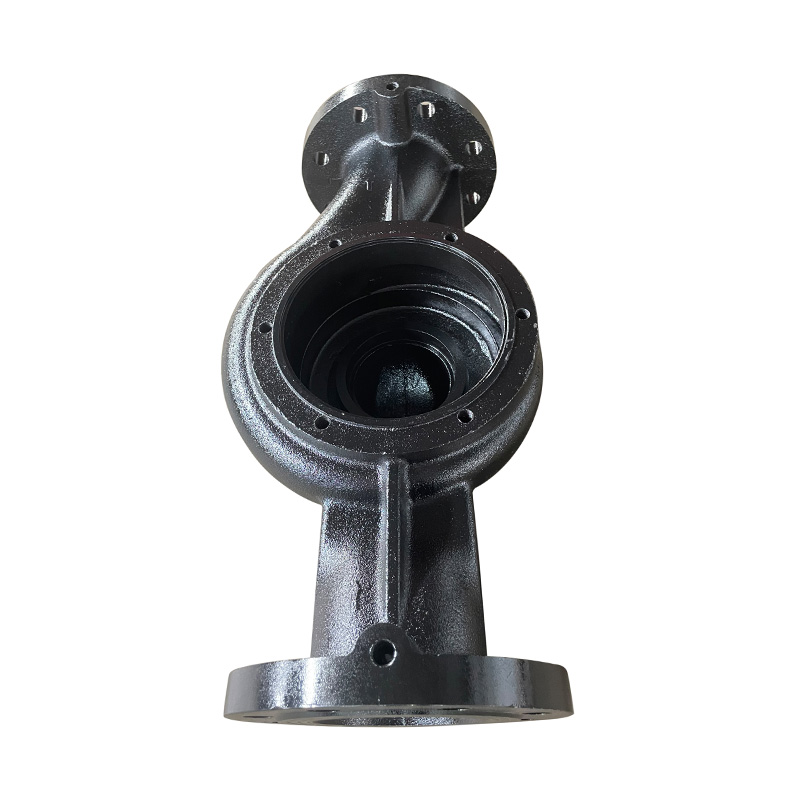
Vertical TD high-efficiency and energy-saving circulation pump body
Cat:TD High-efficiency And Energy-saving Circulating Pump Accessories
Vertical TD Energy Efficient Circulating Pump Pump Body is the shell o...
See Details -
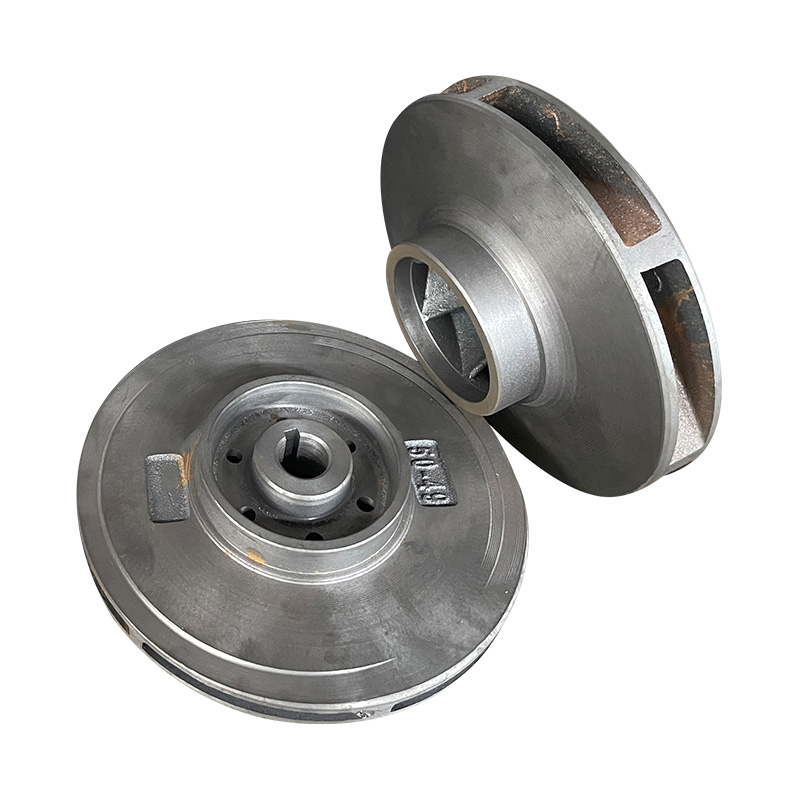
TD high-efficiency and energy-saving circulating pump cast iron impeller
Cat:TD High-efficiency And Energy-saving Circulating Pump Accessories
TD Energy Efficient Circulation Pump Cast Iron Impeller is an importan...
See Details -
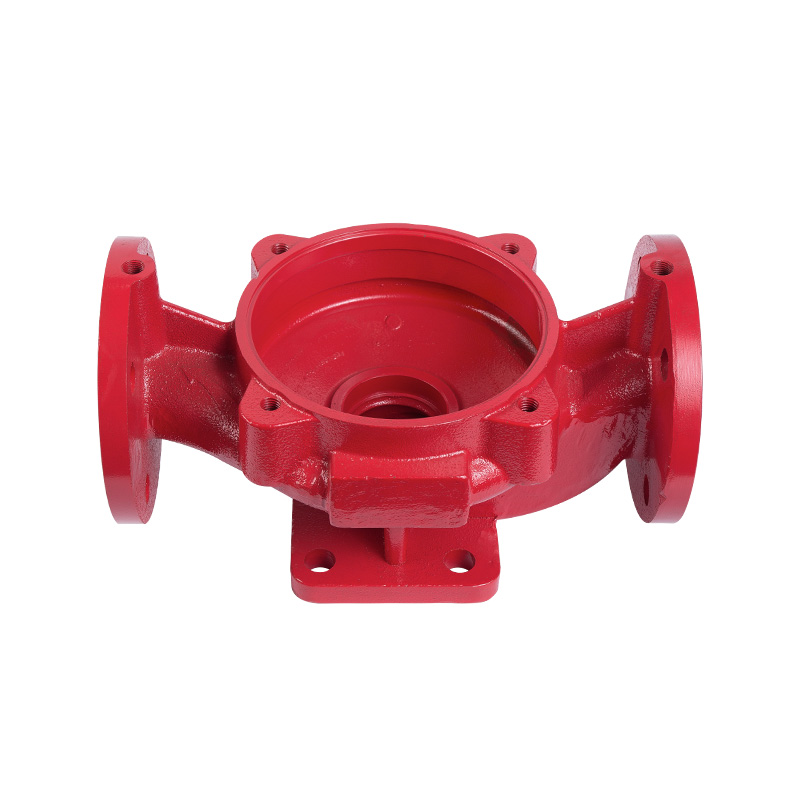
Vertical pipeline pump body
Cat:Pipeline Pump Accessories
The pump body consists of two main parts: suction chamber and pressure...
See Details -
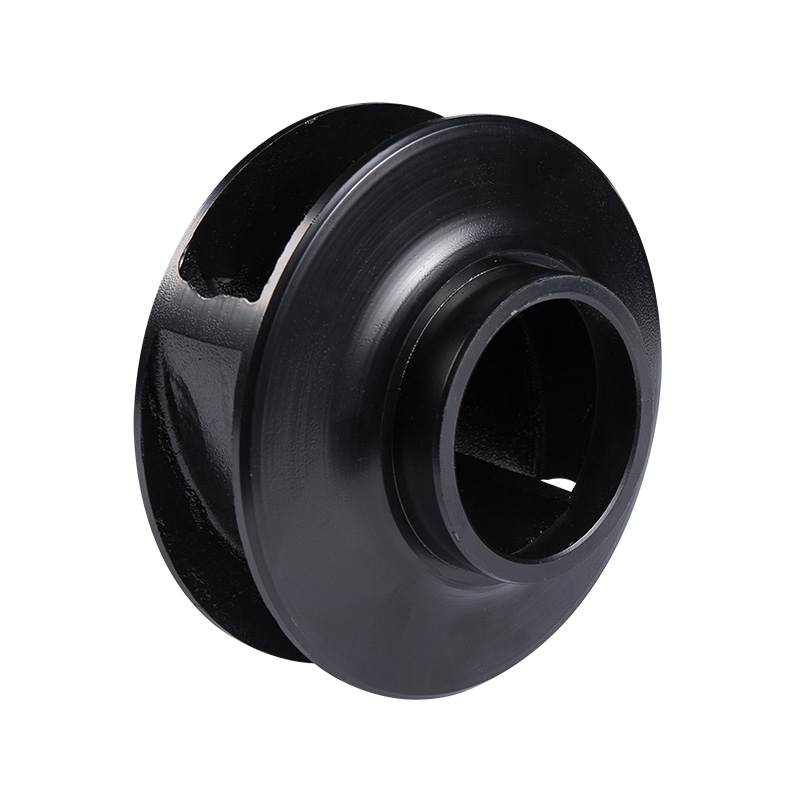
Sewage pump cast iron impeller
Cat:Sewage Pump Accessories
The impeller is the core component of a sewage pump, responsible for r...
See Details -
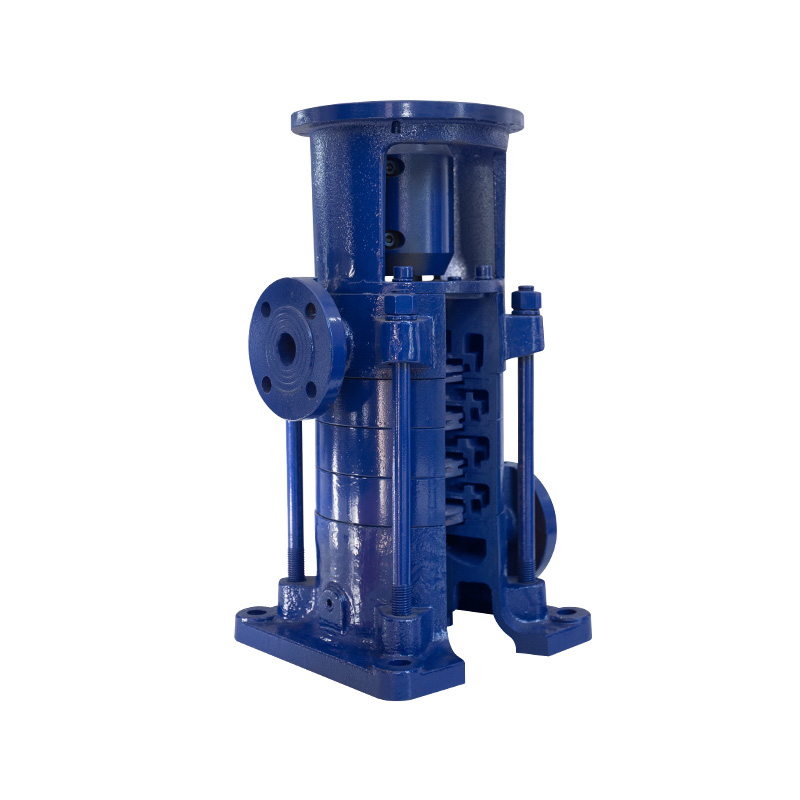
LG multistage pump 100 series
Cat:LG Multi-stage Pump
Product features 1. Compact structure, small volume, small footprint. ...
See Details -
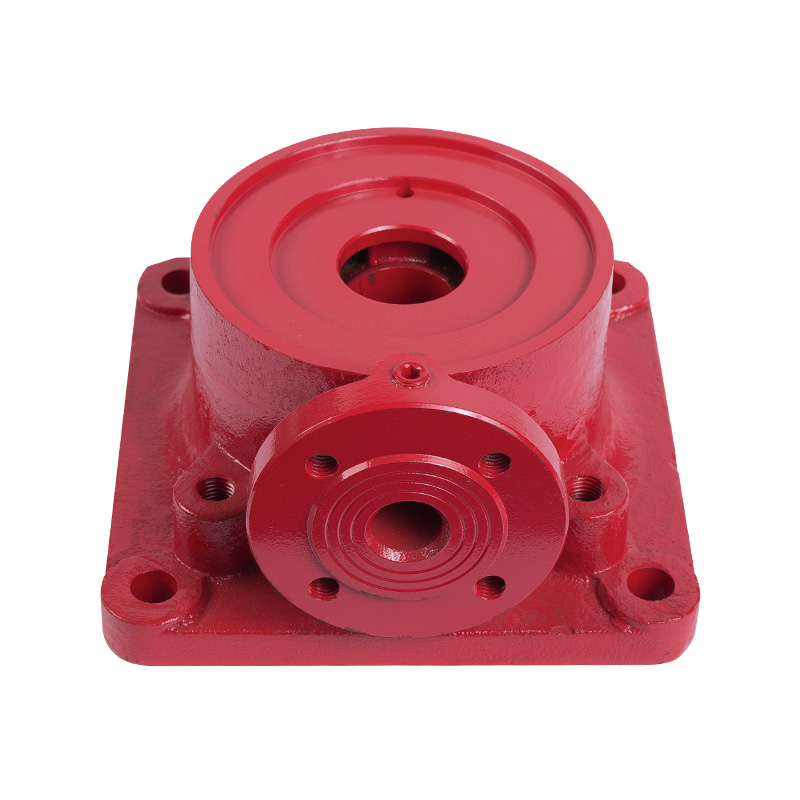
LG multi-stage pump water inlet section
Cat:LG Multi-stage Pump Accessories
The inlet section is the inlet portion of the pump and is responsible ...
See Details -
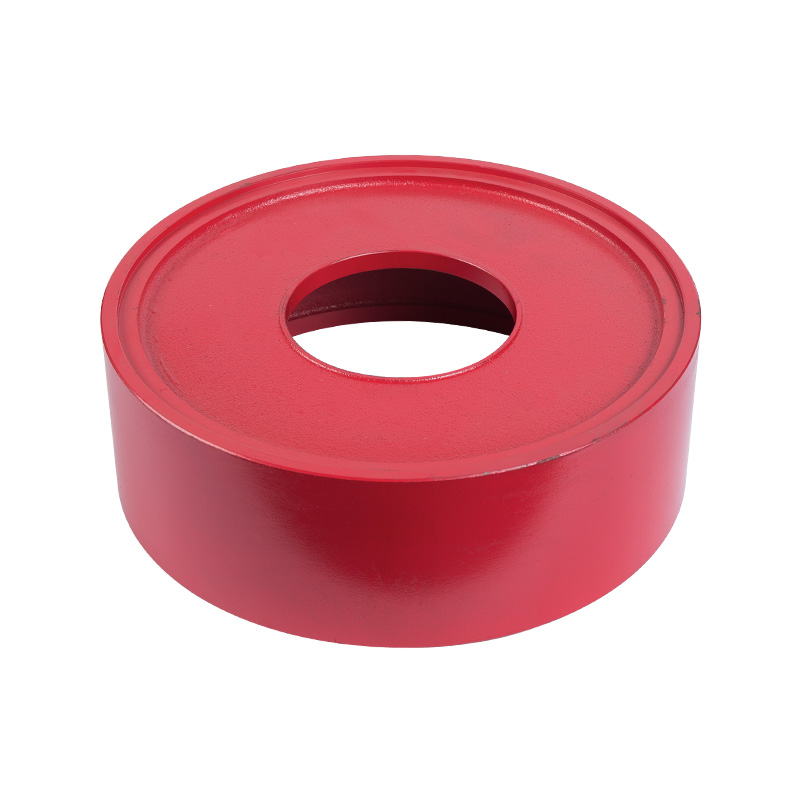
LG multi-stage pump middle section
Cat:LG Multi-stage Pump Accessories
The middle section is the main part of the pump body, responsible for ...
See Details -
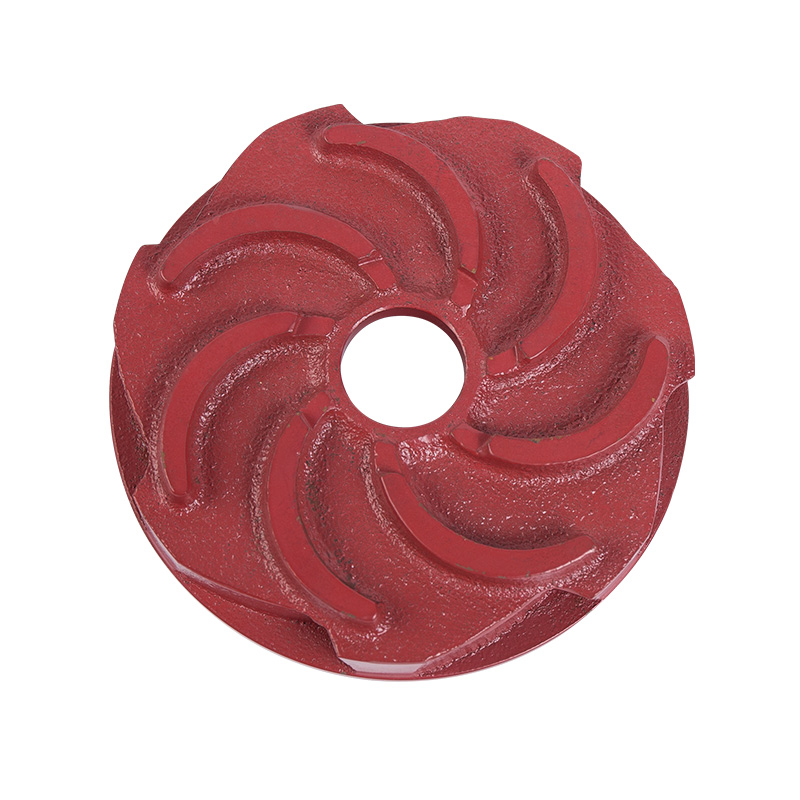
LG multi-stage pump guide vane
Cat:LG Multi-stage Pump Accessories
A guide vane is a guiding device located at the impeller inlet that gu...
See Details -

LG multi-stage pump water bearing
Cat:LG Multi-stage Pump Accessories
Water bearings are a special type of bearings commonly used in multi-s...
See Details -
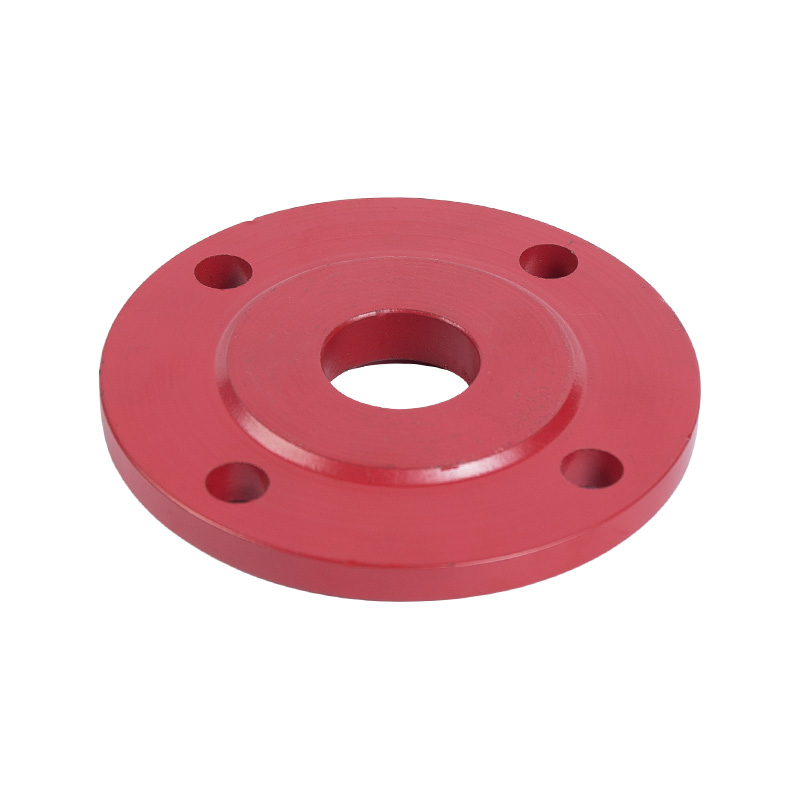
LG multi-stage pump seal gland
Cat:LG Multi-stage Pump Accessories
The machine seal gland is a component that encloses the machine seal u...
See Details
- TD High-efficiency And Energy-saving Circulating Pump
- TD High-efficiency And Energy-saving Circulating Pump Accessories
- Pipeline Pump
- Pipeline Pump Accessories
- Sewage Pump
- Sewage Pump Accessories
- LG Multi-stage Pump
- LG Multi-stage Pump Accessories
- Cooling Tower Circulation Pump
- Electric Motor
- Electric Motor Accessories
-

+86-0563-2251312
-

+86-0563-2251311
-

+86-139 6620 0379
-

-

No.43 Guohua Road, Guangde Economic Development Zone, Xuancheng City, Anhui Province, China

